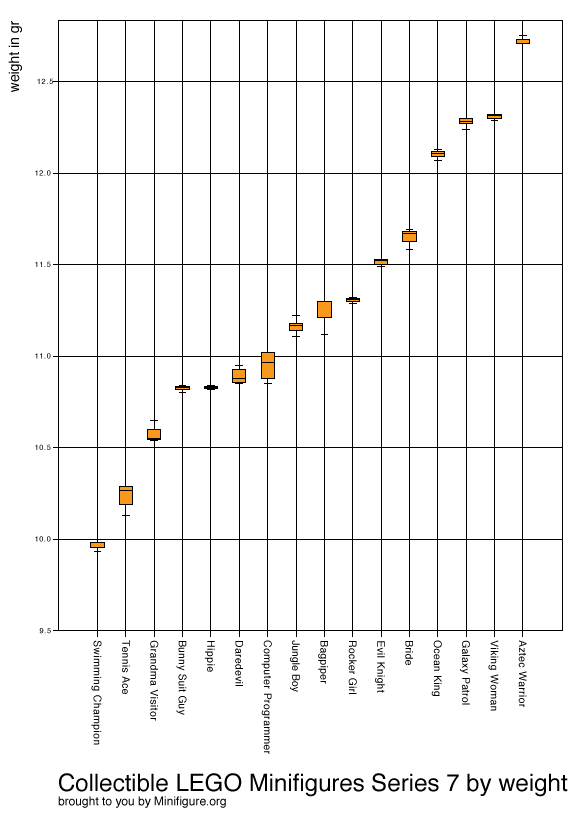We investigated how the emotional expressions of LEGO Minifigure faces has changed over time. We submitted it to three scientific journals (International Journal of Play, International Journal of Design, Design Studies), but the article was rejected since the editors did not consider the paper to fit into the scope of their journal. We would be grateful for suggestions on where to publish this article. The full article can be found here: The Emotional Expressions of LEGO Minifigure Faces. The abstract is below:
The Emotional Expressions of LEGO Minifigure Faces
Toys play an important role in the development of children. LEGO bricks are one of the world’s most popular toys and the Minifigure is the centerpiece of every LEGO construction. We investigate and present a summary of the development of the facial expression for all LEGO Minifigures that were released between 1975 and 2010. Our findings are based on several statistical tests that are preformed on data gathered from an online questionnaire. The results show that the LEGO company started in 1989 to dramatically increase the variety of facial expressions. The two most frequent expressions are happiness and anger and the proportion of happy faces is decreasing over time. Through a k-cluster analysis we identified six types of facial expression: disdain, confidence, concern, fear, happiness, and anger. In addition we tested if the perception of the face changes when the face is presented in the context of a complete Minifigure. The impression of anger, disgust, sadness and surprise were significantly influenced by the presence of context information. The distinctiveness of the faces was, however, not significantly improved. The variation in skin color did also not change the perception of the Minifigure’s emotional expression. We speculate that The children of today will remember LEGO toys not with the same overall positive associations as the current adults do, but may remember the full complexity of faces that act in conflict situations.

